
Do You Have to Pedal an Electric Bike? (UK Guide)
Electric bikes have transformed the way people get around—making cycling more accessible, enjoyable, and less physically demanding. But if you’re considering one for the first time, you might be wondering: do you still have to pedal an electric bike? It’s a common question, especially with so many types of e-bikes on the market. In this article, we’ll explain how electric bikes work, what the UK laws say about pedalling, and whether you can ever let the motor do all the work.
Do you have to pedal an electric bike?

Yes, you do. Pedal-assist electric bikes require you to pedal in order for the motor to provide support. The motor won’t activate unless you're actively pedalling, meaning it works with your effort, not instead of it.
Under UK law, this setup is essential for an e-bike to be legally classified as an Electrically Assisted Pedal Cycle (EAPC). The motor must not provide power unless you're pedalling, and it must cut out at speeds above 15.5 mph (25 km/h).
If an electric bike can move without pedalling—such as through a throttle—it no longer meets the EAPC definition and is treated as a motor vehicle, requiring registration, insurance, and a driving licence. So, pedalling isn’t just part of how e-bikes work—it’s also a key legal requirement in the UK.
Why do you have to pedal an electric bike?
Electric bikes are built around the concept of pedal assistance, meaning the motor only provides support when you're actively pedalling. This design keeps you engaged in the ride while giving you a helpful boost when needed—like climbing hills, riding into the wind, or covering longer distances.
Unlike throttle-controlled bikes, pedal-assist systems ensure that you're still contributing effort, which makes the experience feel more like traditional cycling. It also helps e-bikes stay within legal limits for power and speed, allowing them to be used without a licence, insurance, or registration in many areas. In short, pedalling is a key part of how electric bikes work and why they remain so accessible.
How much do you have to pedal an electric bike?
How much you need to pedal an electric bike depends on the level of assistance you choose and the terrain you're riding on. Most e-bikes come with multiple power modes that let you control how much help the motor gives you. In a low-assist mode, you’ll be doing more of the work yourself, which is ideal for conserving battery life.
In higher assist modes, the motor does more of the heavy lifting, especially on hills or during strong headwinds. However, regardless of the mode, you still need to pedal—the motor won’t engage unless you’re turning the pedals. So while the effort required is far less than on a regular bike, you're always involved in powering the ride.
Can you ride without assistance?
Yes, you can ride an electric bike without any motor assistance, and many riders do—either to conserve battery life or for the added challenge. Most e-bikes are equipped with a control system that allows you to switch between assistance levels, including a setting that turns the motor off completely.
When the motor is off, the bike functions much like a traditional bicycle. Importantly, most modern e-bike motors are designed to offer no mechanical resistance when inactive, meaning you won’t feel like you’re pedalling against the motor.
That said, you’ll likely notice the additional weight of the motor and battery, which can make riding slightly more strenuous—especially on inclines or over long distances. Some riders use this as a way to extend their range: riding without assistance on flat sections and only activating the motor when extra help is needed.
In addition, some e-bikes feature a Boost or Turbo button, which provides a short burst of maximum power while you continue pedalling. This can be particularly useful when starting from a stop, tackling a steep hill, or overtaking traffic, without needing to change the overall assist level. So while you can ride without assistance, the motor is always there when you need that extra support.
What about throttle-only electric bikes?

Electric bikes that can move without any pedalling—typically using a throttle or twist grip—do not fall under the same rules as standard pedal-assist e-bikes in the UK. Instead, these are legally classified as electric mopeds rather than bicycles, and are subject to much stricter regulations.
If an e-bike can propel itself without any pedalling input, it must meet the legal requirements for motor vehicles, which include:
-
Registration, tax, and insurance – just like a scooter or motorcycle.
-
A valid driving licence to operate the vehicle.
-
Helmet use is mandatory at all times while riding.
-
Not permitted on cycle paths, shared-use trails, or bike-only lanes—throttle-controlled e-bikes must be used on the road.
Because of these legal restrictions, throttle-only e-bikes are less common and are generally not suitable for everyday cycling in areas where e-bikes are treated more like bicycles. If you’re looking for a bike that provides assistance without the legal complexities of motor vehicles, a pedal-assist e-bike is the better—and simpler—option.
Cargo and high-powered electric bikes
While most electric bikes are limited to 250 watts of motor power, there are some exceptions—particularly when it comes to cargo e-bikes and high-powered models. Cargo e-bikes are designed to carry heavier loads, and there is growing interest in allowing them to use slightly more powerful motors under future legislation, to better support their utility in commercial and delivery use.
However, high-powered e-bikes already exceed the standard power or speed limits set for regular e-bikes. Even though they still require pedalling, these models are legally treated as electric mopeds due to their motor output and assisted speed capabilities.
As a result, they must comply with the same legal requirements as motor vehicles, which include:
-
Registration with the DVLA
-
Vehicle tax and insurance
-
A valid driving licence
-
Mandatory helmet use
-
No access to cycle paths or shared-use trails
These regulations ensure that high-powered e-bikes are used safely and appropriately on the road, but they also mean added responsibilities for the rider. If you're considering a cargo or high-speed e-bike, it's important to understand these legal distinctions before you ride.
Power and speed limits in the UK
In the UK, electric bikes must meet specific legal limits to be classified as Electrically Assisted Pedal Cycles (EAPCs). The two key restrictions are on motor power and assisted speed.
-
The maximum motor output allowed is 250 watts. This ensures the motor provides assistance without turning the bike into a motor vehicle.
-
The motor must cut out at 15.5 mph (25 km/h). Once you reach this speed, the motor will stop providing support, although you can continue riding faster under your own pedalling effort or when going downhill.
These limits help distinguish e-bikes from mopeds or scooters and allow them to be used without a licence, insurance, or registration—provided all other legal requirements are met. Going beyond these thresholds can reclassify the bike as a motor vehicle, triggering additional legal obligations.
Popular iScooter Electric Bike Models
|
Image |
|
|||||
|
Model |
||||||
|
Price |
£338.99 |
£539.99 |
£397.99 |
£488.99 |
£569.99 |
£525.99 |
|
Motor |
Peak 500W |
Peak 500W |
Peak 500W |
Peak 500W |
Peak 500W |
Peak 500W |
|
Max Range |
40 Miles |
65 Miles |
50 Miles |
55 Miles |
55 Miles |
60 Miles |
|
Max Speed |
15.5 MPH Default, Unlock to 20 MPH |
15.5 MPH Default, Unlock to 20 MPH |
15.5 MPH Default, Unlock to 18.6 MPH |
15.5 MPH Default, Unlock to 20 MPH |
15.5 MPH Default, Unlock to 20 MPH |
15.5 MPH Default, Unlock to 22 MPH |
|
Default Speed |
6.2/9.3/15.5 MPH |
3.7/6.2/9.3/15.5 MPH |
6.2/9.3/15.5 MPH |
6.2/9.3/15.5 MPH |
3.7/6.2/9.3/12.4/15.5 MPH |
3.7/6.2/9.3/12.4/15.5 MPH |
|
Unlock Speed |
9.3/15.5/20 MPH |
6.2/9.3/15.5/20 MPH |
9.3/15.5/18.6 MPH |
9.3/15.5/20 MPH |
6.2/9.3/12.4/15.5/20 MPH |
6.2/9.3/12.4/15.5/22 MPH |
|
Battey |
36V 7.8Ah (280.8Wh) |
36V 13Ah (468Wh) |
36V 7.8Ah (280.8Wh) |
36V 10.4Ah(374.4Wh) |
36V, 10.4Ah (374.4Wh) |
36V, 10.5Ah (378 Wh) |
|
Sensor |
Cadence sensor |
Cadence sensor |
Cadence sensor |
Cadence sensor |
Cadence sensor |
Cadence sensor |
|
Pedal Assist |
4-Level Speed Assist |
5-Level Speed Assist |
4-Level Speed Assist |
4-Level Speed Assist |
7-Level Speed Assist |
7-Level Speed Assist |
|
Suspension |
Rear Suspension |
Adjustable Front Spring Suspension Fork+Seat Suspension |
Adjustable Front Spring Suspension Fork |
Adjustable Front Suspension Spring Fork |
Adjustable Front Spring Suspension Fork |
Advanced Front Suspension Fork |
|
Brake |
Front and rear disc brakes |
Front and rear disc brakes |
Front and rear disc brakes |
Front and rear disc brakes |
Front and rear disc brakes |
Mechanical brakes |
|
Tire |
14*1.95" Pneumatic Tires |
26*1.95" Chaoyang Pneumatic Tires |
16*1.95" Pneumatic Tires |
16*2.15" Pneumatic Tires |
26" × 1.95" Pneumatic |
26" × 1.95" Pneumatic |
|
Tail Light |
Wiring LED light |
Wiring LED light |
button battery |
button battery |
button battery |
Rear LED |
|
Rear Rack |
None |
Supported |
Supported |
Supported |
Supported |
Suppoted |
|
Fenders |
Front and rear full coverage |
Front and rear full coverage |
Front and rear full coverage |
Front and rear full coverage |
Front and rear full coverage |
Front and rear full coverage |
|
Charger |
42V 1.5Ah |
42V 2Ah |
42V 3Ah |
42V 2Ah |
42V 2Ah |
42V 2Ah |
|
Frame |
Alloy steel folding frame |
Iron frame |
Alloy steel folding frame |
Alloy steel folding frame |
Iron Frame |
Alloy steel frame |
|
Water Resistance |
IP65 |
IP65 |
IP65 |
IP65 |
IP65 |
IP65 |
|
Load Capacity |
264 lbs (120 kg) |
264 lbs (120 kg) |
264 lbs (120 kg) |
264 lbs (120 kg) |
264 lbs (120 kg) |
330 lbs (150 kg) |
|
Seat Height |
Adjustable |
Adjustable |
Adjustable |
Adjustable |
Adjustable |
Adjustable |
|
Bike Weight |
51.4 lbs (23.2 kg) |
59.5lb (27kg) |
53.9 lbs (24.5 kg) |
58.42 lbs (26.5 kg) |
61.7 lbs (28 kg) |
45.1 lbs (20.5kg) |
Conclusion
The answer is simple: yes, you do have to pedal an electric bike. The motor is designed to assist your pedalling, not take over completely. As long as you’re putting in some effort, the bike provides a helpful boost—especially useful on hills or during longer rides. If you’re looking for a smoother, less tiring cycling experience without losing the feel of traditional biking, a pedal-assist e-bike is an ideal choice.
FAQ
Can I ride an electric bike without pedaling?
In most cases, no. Standard electric bikes, known as pedal-assist e-bikes, require you to pedal for the motor to activate. The motor only provides support while you're actively pedalling. If the bike can move on its own without any pedalling—using a throttle, for example—it is not classed as a regular e-bike and is legally treated as a motor vehicle, which comes with extra requirements like registration, insurance, and a driving licence.
Do all electric bikes have pedals?
Yes, most electric bikes are designed with pedals because they rely on pedal-assist systems, where the motor only provides power when you’re pedalling. These are the types of e-bikes that meet legal requirements for use without a licence or registration in many areas. However, there are some electric bikes—particularly throttle-controlled models—that may function without pedals, but these are typically classed as electric mopeds and are subject to stricter rules.
Does an electric bike move on its own?
A standard pedal-assist electric bike does not move on its own—you need to pedal for the motor to activate. The motor is there to assist your effort, not replace it completely. However, some electric bikes come with a throttle, allowing them to move without pedalling. These are not considered regular e-bikes and are legally treated as motor vehicles, which require a licence, insurance, and registration.
How far will an electric bike go without pedaling?
If the electric bike is a standard pedal-assist model, it won’t go anywhere without pedalling—the motor only works when you’re actively turning the pedals. However, if the bike has a throttle and is legally allowed to operate without pedalling, the range depends on factors like battery size, terrain, rider weight, and assist level. On average, a throttle-controlled e-bike might travel 15 to 30 miles on a full charge without pedalling, but these types of bikes are not legally classified as standard e-bikes in many areas.
iScooter E Scooter Collections:
Electric Scooter | Kids Electric Scooter | Electric Scooter for Adults | Electric Scooter with Seat | Off-Road Electric Scooter | Foldable Electric Scooter | Girls Electric Scooter | 1000W Electric Scooter | 2000W Electric Scooter | Boys Electric Scooter | Dual Motor Electric Scooter | Big Electric Scooter | Electric Scooter with Suspension | Lightweight Electric Scooter | Commuter E-Scooters | 3 Wheel Electric Scooter
iScooter E Bike Collections:
Foldable Electric Bike | Affordable Cheap Electric Bike | Electric Bike for Adults | Electric Motor Bikes | Trek Electric Bike | Fastest Electric Bike | Electric Road Bike | Full Suspension Electric Mountain Bike | Giant Electric Bike | Womens Ladies Electric Bike | Mens Electric Bike | Electric Bike with Throttle | Electric Gravel Bike | Electric Mountain Bike UK | Fat Tyre Electric Bike | Electric Hybrid Bike | Electric Motorised Bike | Electric Push Bike | 1000W Electric Bike | Cool Electric Bikes | Electric Off Road Bike | Pedal Assist Electric Bike | Good Electric Bikes | Small Electric Bike | Trek Electric Mountain Bike | 2000W Electric Bike | Full Suspension Electric Bike | Mini Electric Bike | Road Legal Electric Bike | Step Through Electric Bike
👍 Buying Guide | 🚴♂️ Riding Guide
📋 Feature Guide | ❓ Common problem
Product category
Electric Scooter
Cheap Electric Scooters for Adults | Fastest Electric Scooter | Kids Electric Scooter | Mini Electric Scooter































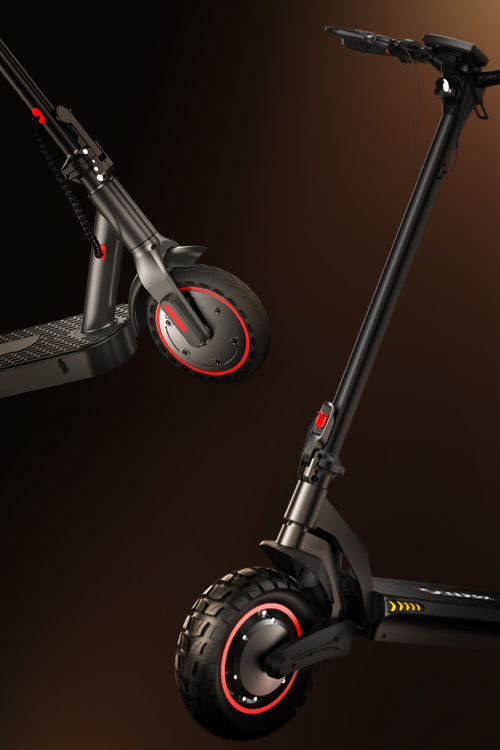
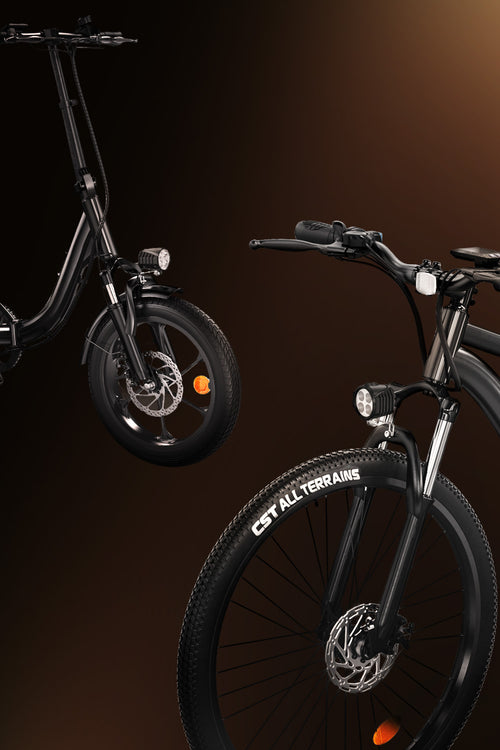
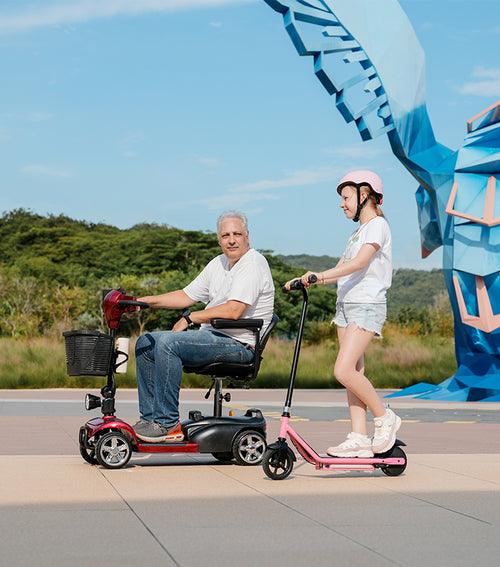









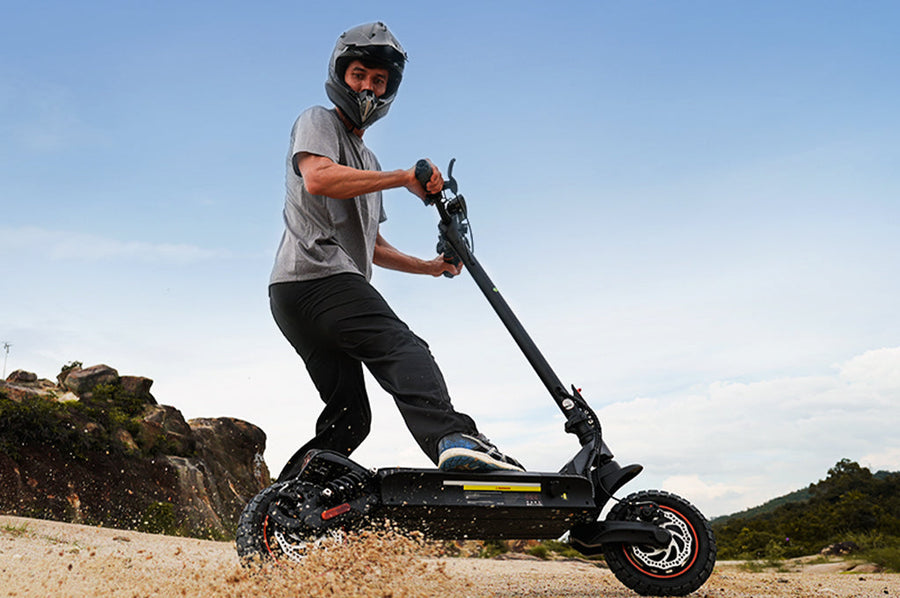



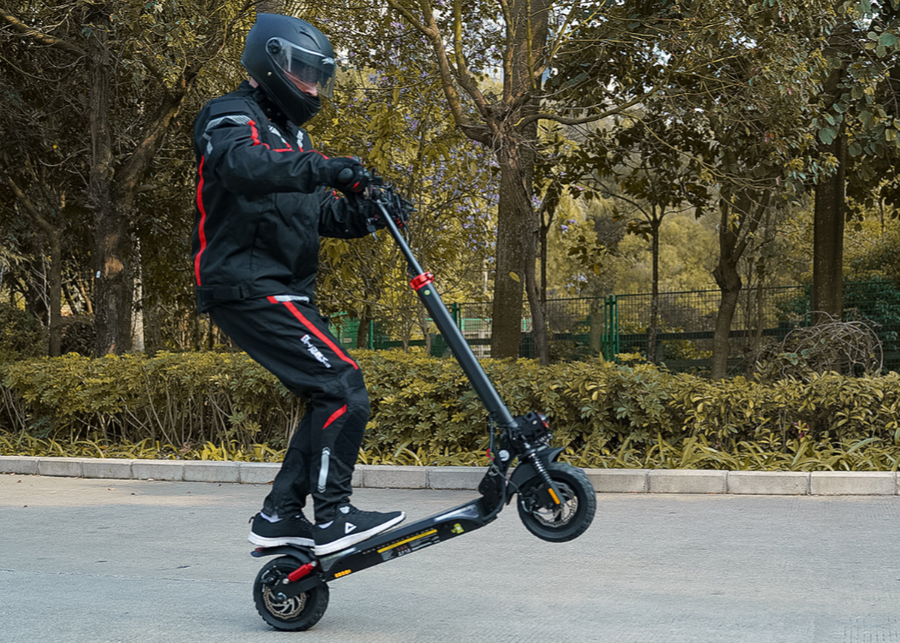
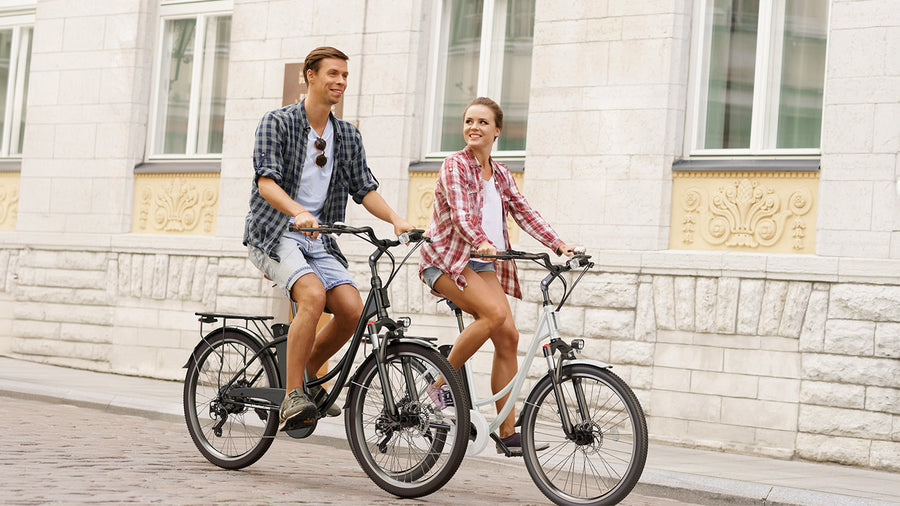
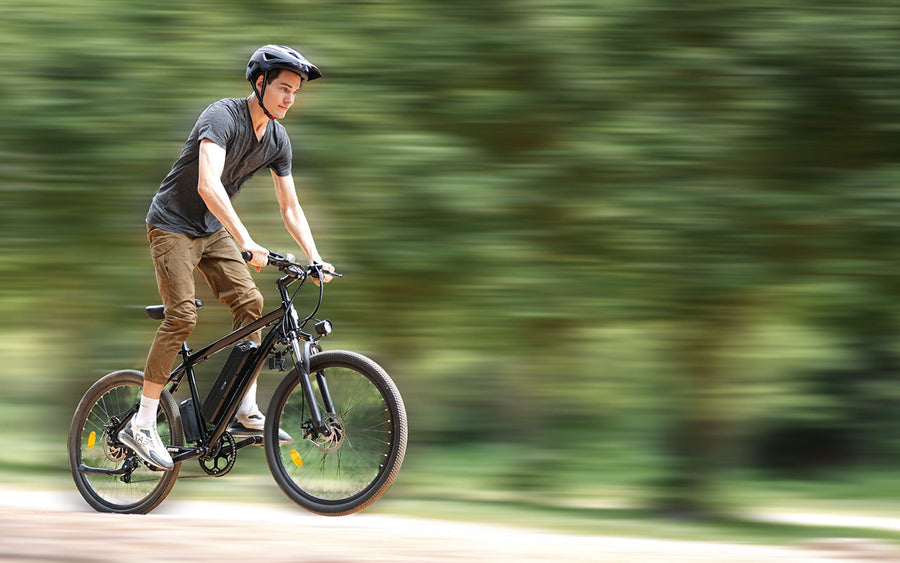
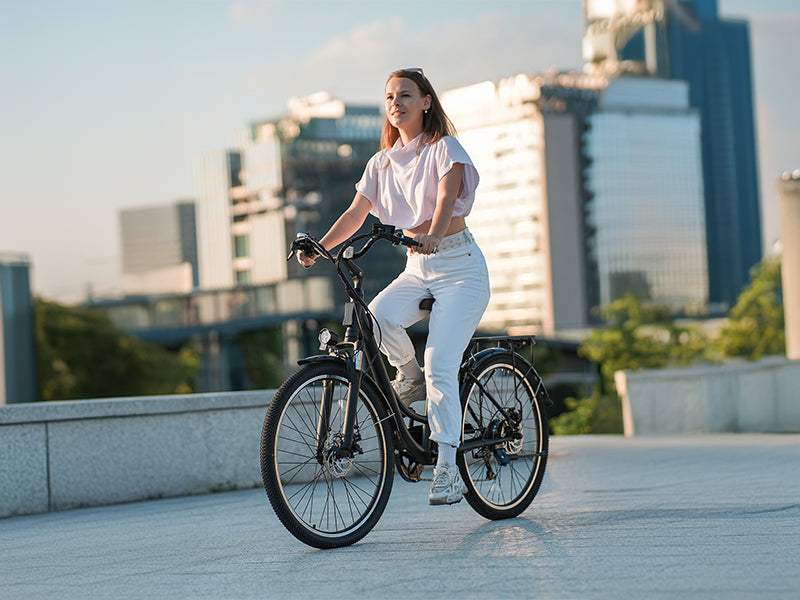
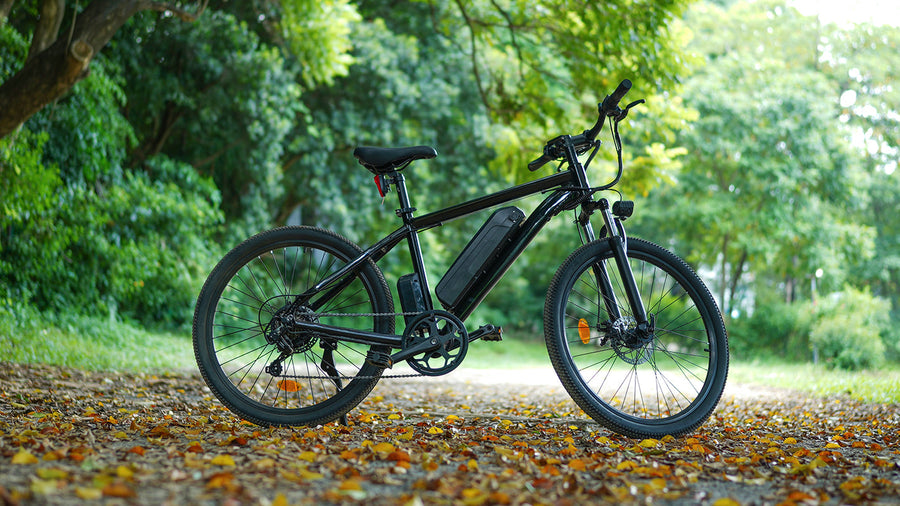
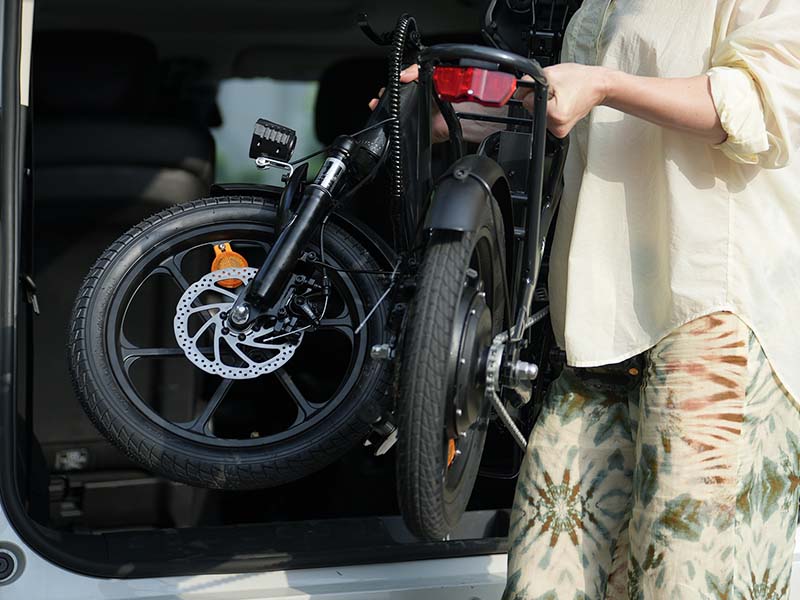
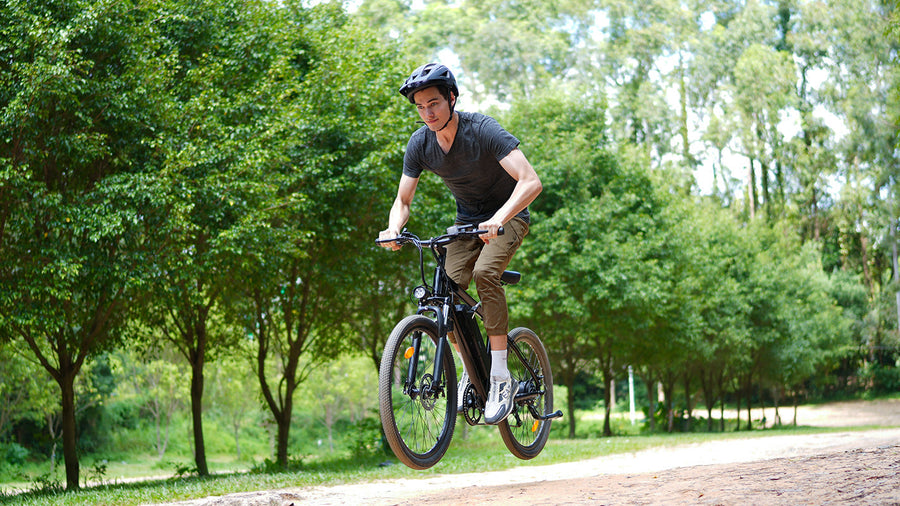









Article tags :
Leave us a message